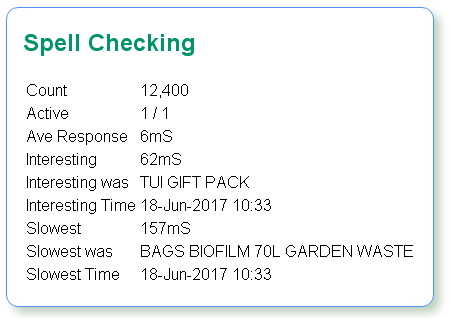Operations monitoring provides insight into a number of dynamic parameters of how your systems are currently operating. Primarily of interest to support teams and IT staff, the options on this page relate to internal processing not directly trading performance.
Password of the Day

A password of the day is often used where you wish to tell a remote user a password to a secured area, but not permit them to record the password and login again later. For example, you may have a pricing override mechanism that sales staff are only permitted to access after they have called head office. Or a service technician that needs access to underlying configuration parameters.
When a password of the day is requested it will be specifically requested, these passwords do not work on normal password entry fields
How does this work? The remote system has a secret password ("hidden" in the illustration) and generates a password based on this secret and the current date/time on the computer. A support person that knows the secret password can enter it here and give the generated password to the user needing access. The periods (day, month, etc) indicate when that password will expire. The remote systems are preconfigured to only accept one of these period values, so you cannot give some users the "year" password and others the "day" password. In addition to the secret the person generating the password must know which period is being used.
Password periods are based on the current date/time. So a "day" password will expire at midnight, even if generated at 11pm
Understanding Counters
Many of the counters displayed include similar style metrics, as shown on the example.

Currently, a record is selected as "interesting" if the elapsed time it took causes the long term average of all executions to increase. Even on a well performing system this will mean that records can be selected as interesting - it would be imposssible for every request to always be faster than the avergage.
